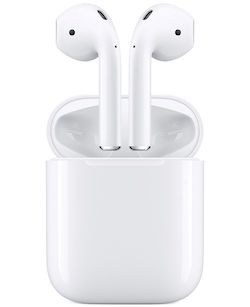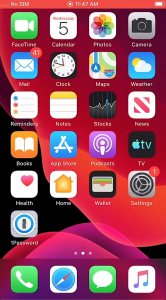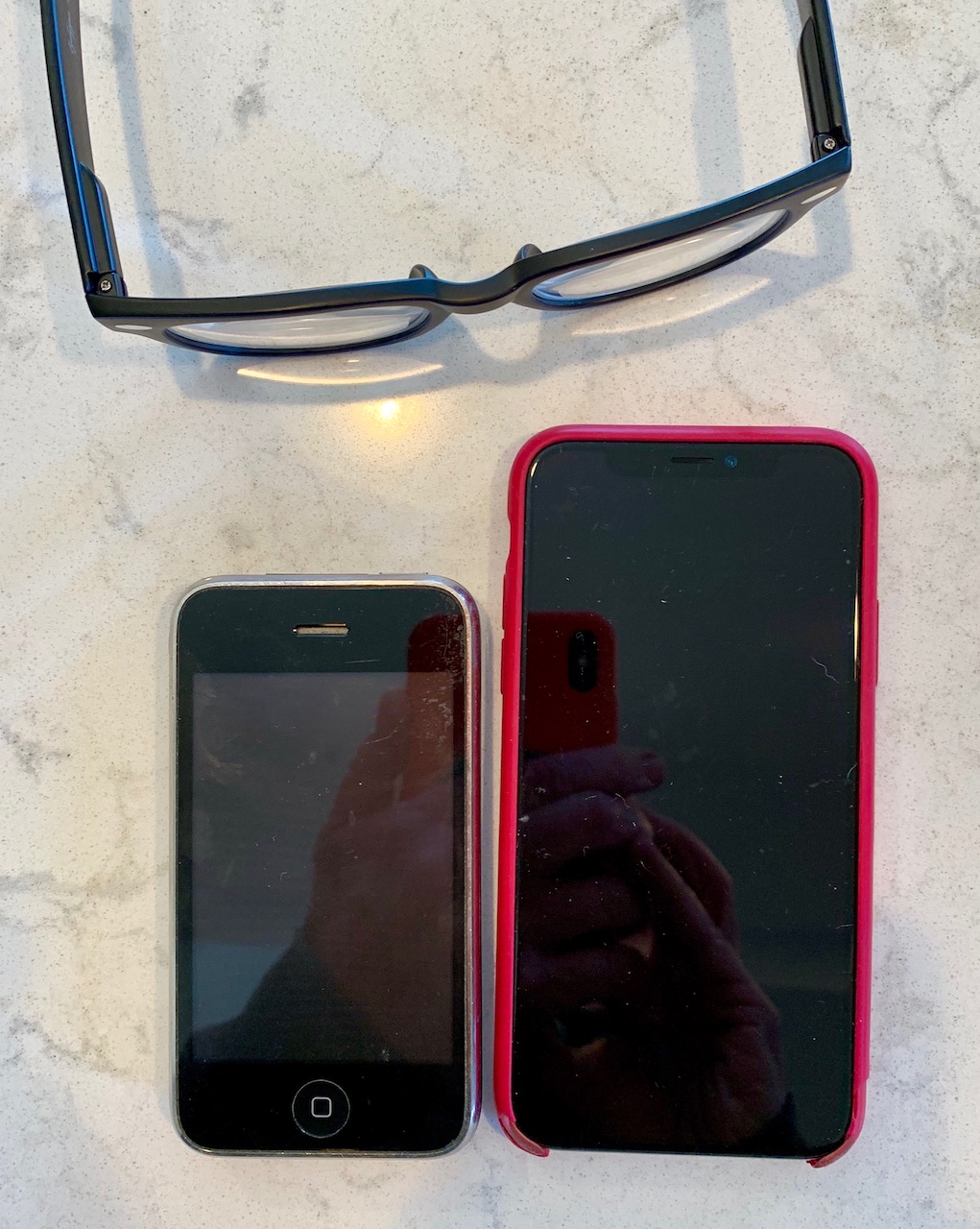Apple introduced the iPad in 2010. Does the following excerpt from Neal Stephenson’s novel, Cryptonomicon (punished in 1999) sound familiar?
“Here’s how it works. You are an Overseas Contract Worker. Before you leave home for Saudi or Singapore or Seattle or wherever, you buy or rent a little gizmo from us. It’s about the size of a paperback book and encases a thimble-sized video camera, a tiny screen, and a lot of memory chips. The components come from all over the place—they are shipped to the free port at Subic and assembled in a Nipponese plant there. So they cost next to nothing. Anyway, you take this gizmo overseas with you. Whenever you feel like communicating with the folks at home, you turn it on, aim the camera at yourself, and record a little video greeting card. It all goes onto the memory chips. It’s highly compressed. Then you plug the gizmo into a phone line and let it work its magic.”




